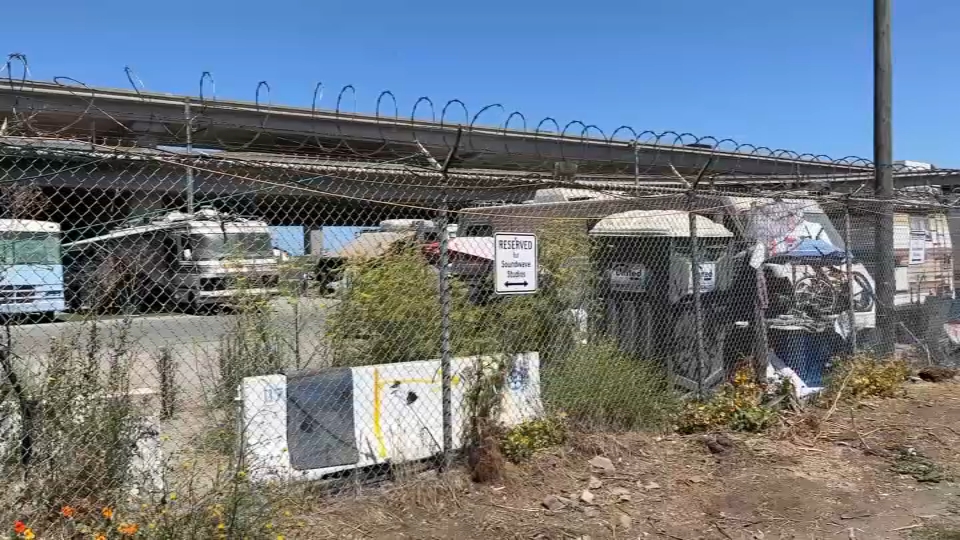
Recent federal data compiled by the Associated Press shows changes in homelessness during the COVID-19 pandemic across some of the biggest U.S. cities — and while San Francisco saw a slight decrease over the last two years, another Bay Area city saw the second-largest spike in the state.
Oakland saw an increase of 20% in its homeless population from 2020 to 2022, according to data from the U.S. Department of Housing and Urban Development.
The East Bay city saw the second-biggest increase in homelessness in the state, under Sacramento, which saw a staggering increase of 68%.
According to the data, San Jose’s homeless population grew by just 4% during the COVID-19 pandemic, while San Francisco decreased by 5%.
West Coast cities led the nation in rising homelessness, with Portland, Phoenix, Seattle, Denver and Las Vegas seeing the biggest jump in unhoused residents over the last two year.
San Francisco is among eight other U.S. cities where the homeless population got smaller during the pandemic.
The District of Columbia saw the largest decrease in homelessness, at 31%, the Associated Press reported Wednesday.
In the spring, we reported that nearly 37,000 residents were homeless in eight of the nine Bay Area counties, up by about 3,000 in the last three years.
Get a weekly recap of the latest San Francisco Bay Area housing news. Sign up for NBC Bay Area’s Housing Deconstructed newsletter.
In February, San Francisco data showed the homeless population had decreased by 3.5% since 2019.
During that same timeframe, the number of people staying in shelters increased by 18%, according to city data.
In May, Oakland received $11.1 million to convert the Inn by the Coliseum motel into 36 housing units for the homeless as part of California Project Homekey program.
To take a close look at the homelessness data, click here.
The Associated Press contributed to this report.



